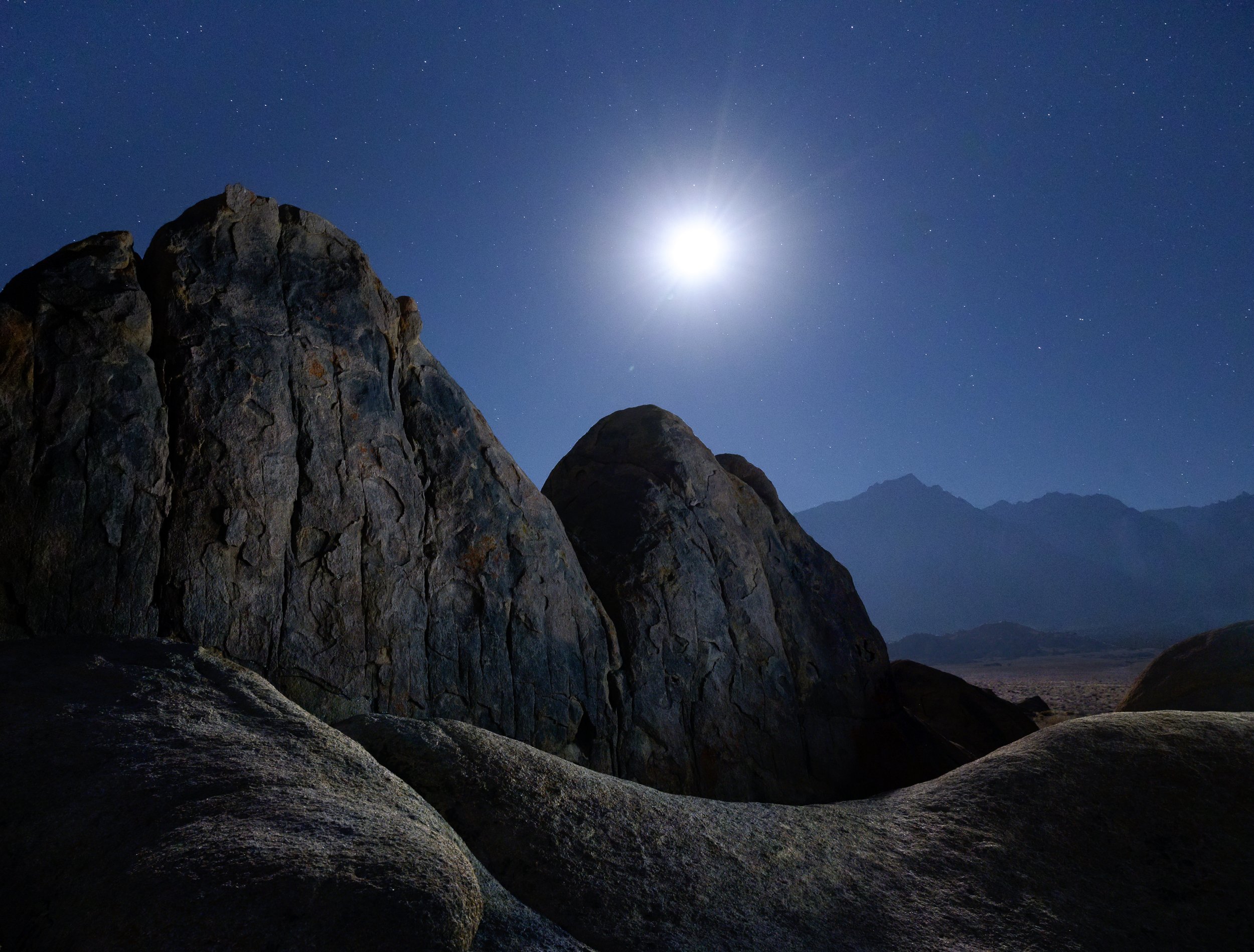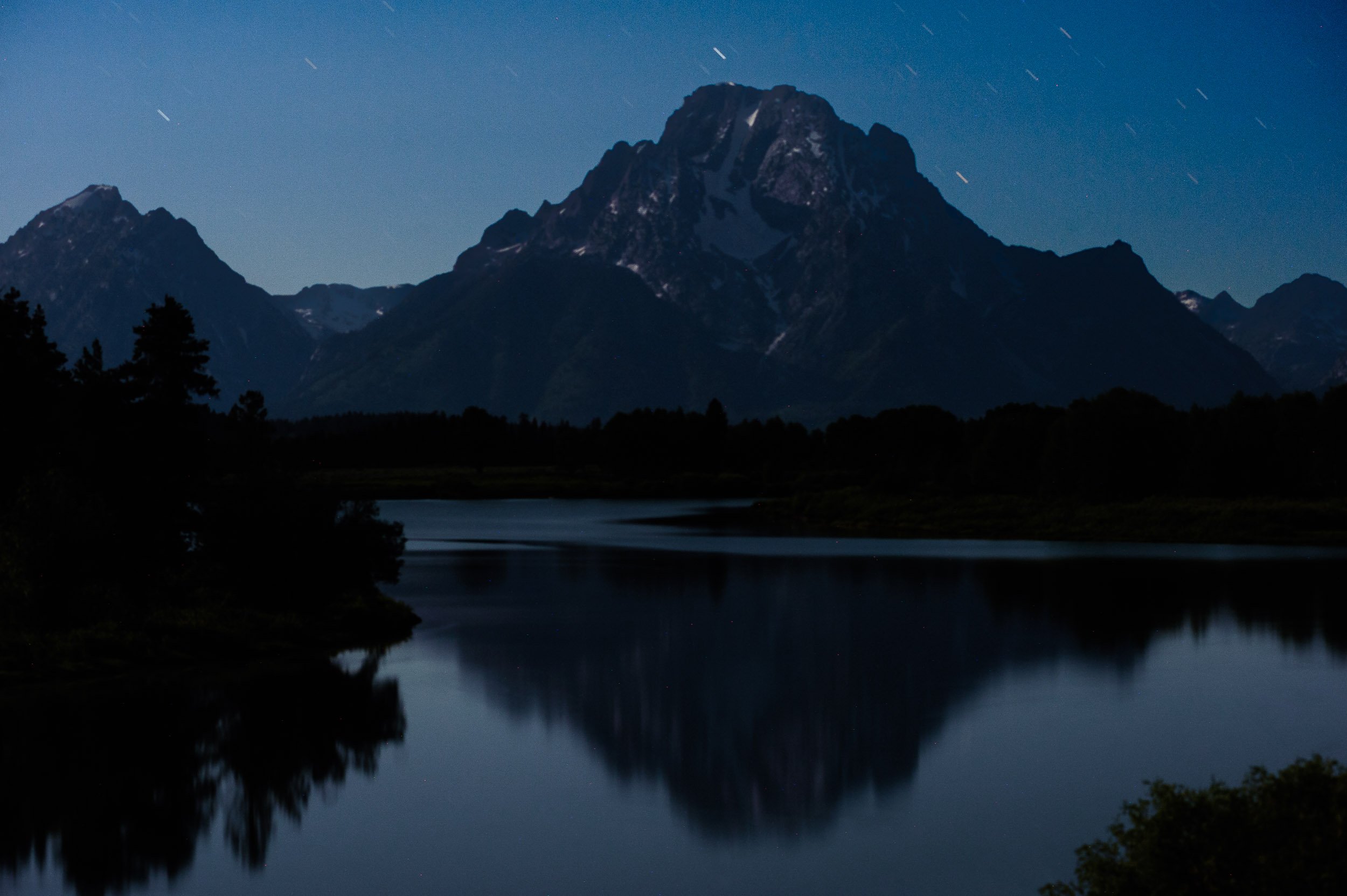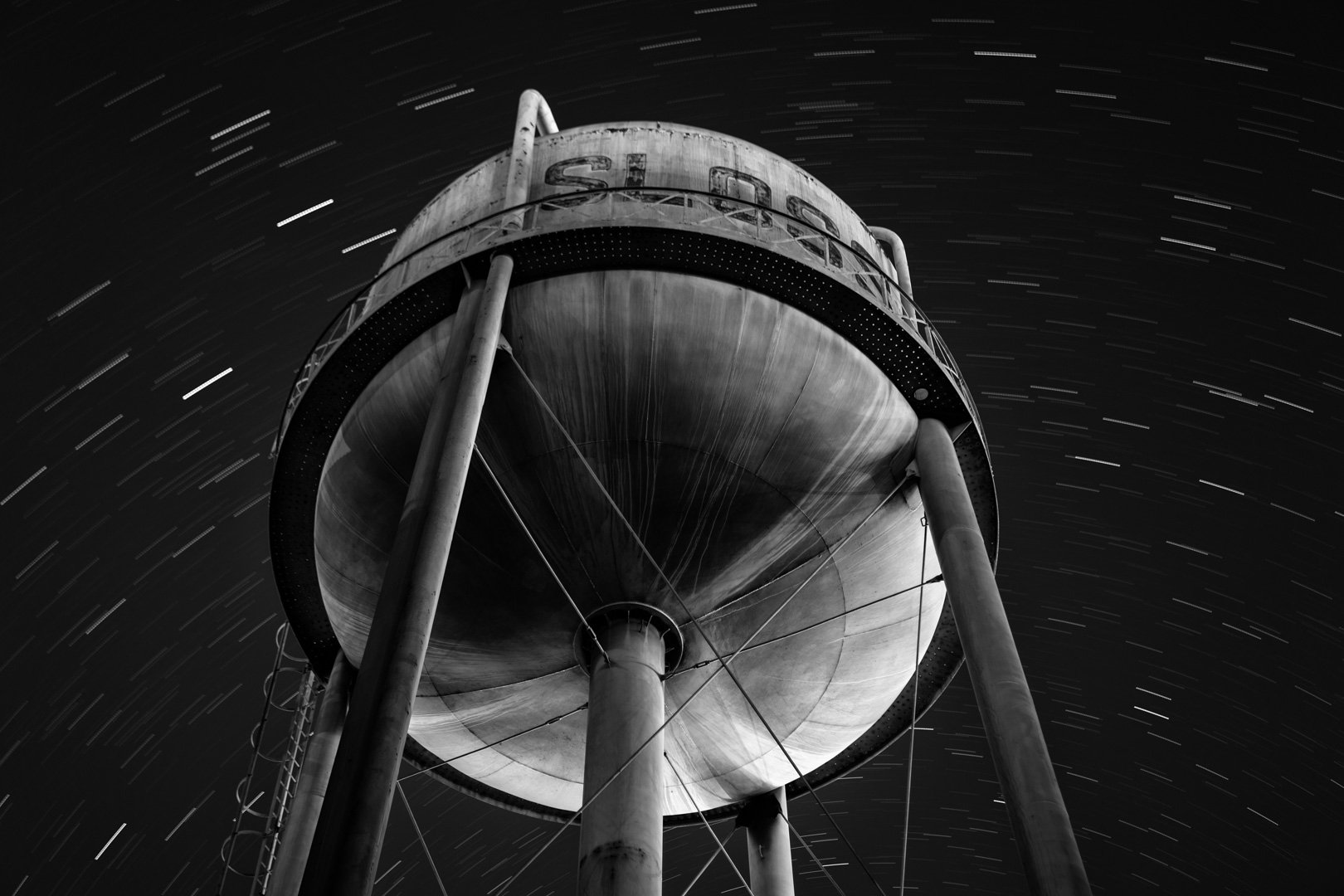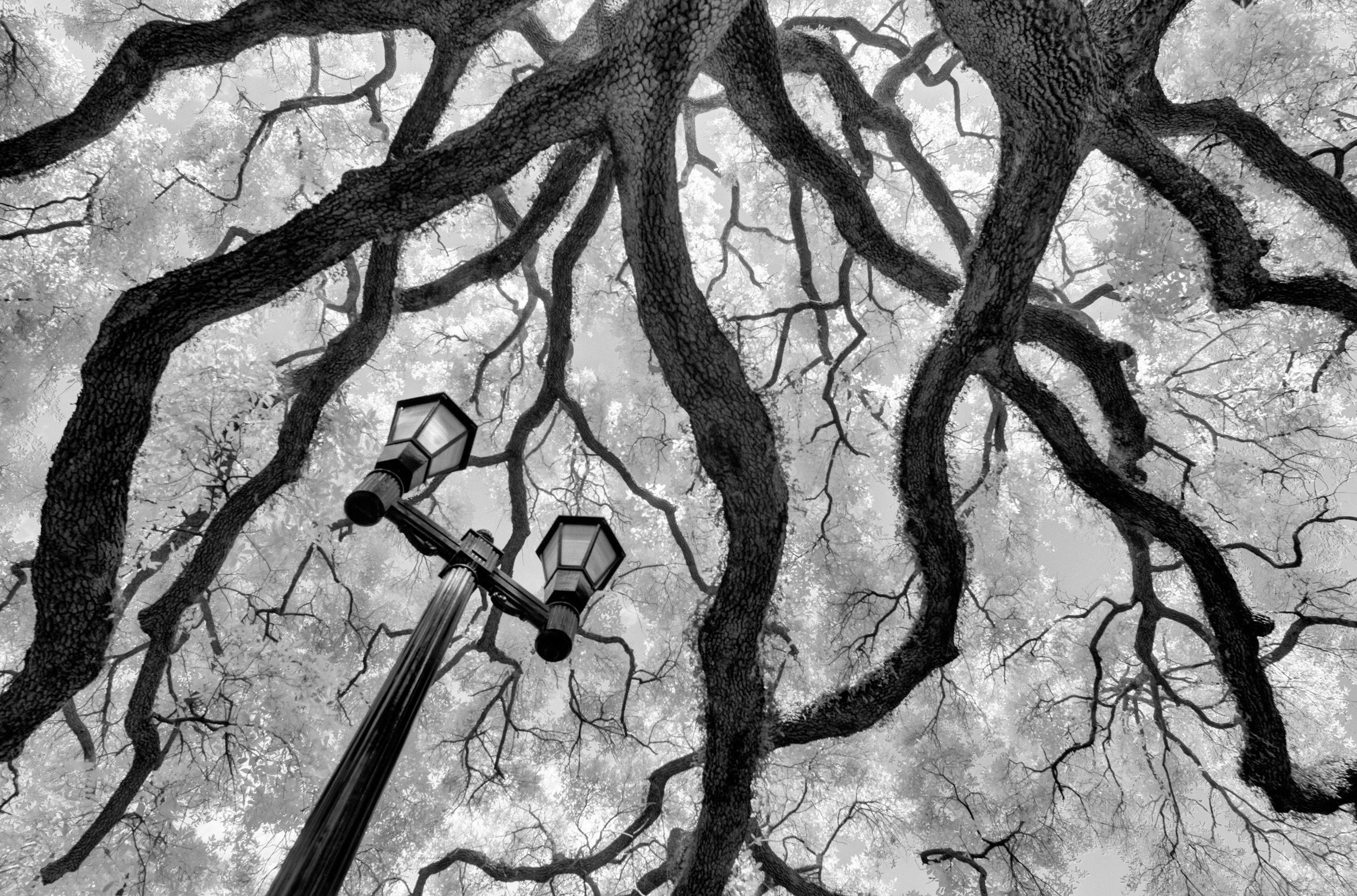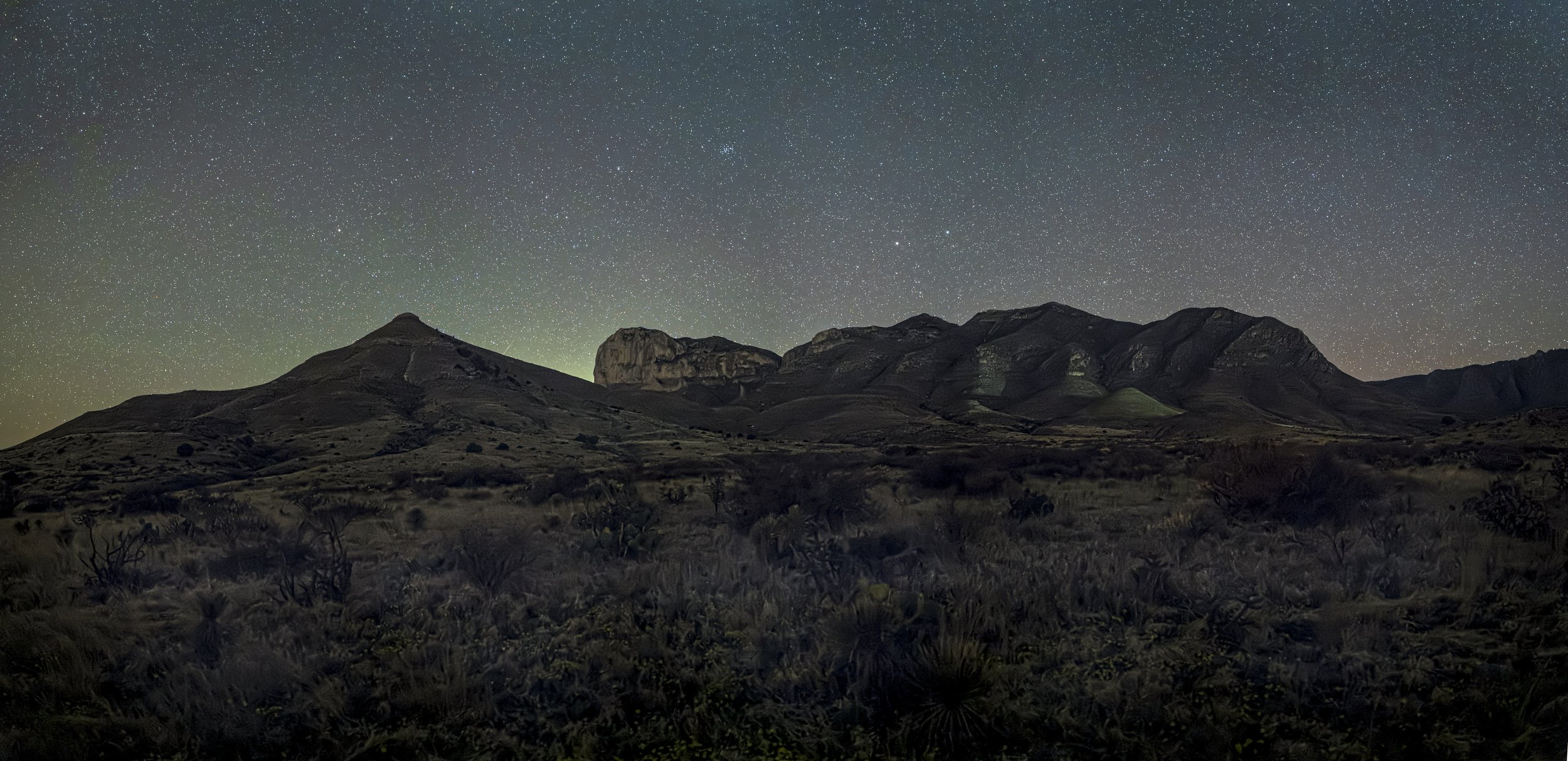Happy winter solstice to you!
Historically the winter solstice welcomes the beginning of winter, and it’s the shortest day and the longest night of the year.
It occurs when one of the earth’s poles is at its maximum tilt away from the sun. At and near the pole, there is continual darkness or twilight during the winter solstice—the exact opposite of summer solstice when inside the polar circles you can witness the midnight sun. In the Southern Hemisphere the winter solstice generally falls on June 20 or 21, and in the Northern Hemisphere on December 21 or 22. This year, it’s the 21st!
Winter Solstice Celebrations
The winter solstice (or, “midwinter”) has been celebrated and observed in many ways by humankind since as early as the end of the Stone Age (around 10,000 B.C.).
One of the most famous prehistoric monuments to the winter solstice is Newgrange in Ireland. Built in 3200 B.C., its opening perfectly aligns with the midwinter sunrise. For 17 minutes the sun shines directly down a long passage and illuminates the inner chamber to reveal carvings inside, including the most famous Irish megalithic symbol, the Tri-Spiral.
Newgrange and the Tri-Spiral at sunrise of the winter solstice. Photo CC Ken Williams.
And of course one of the most famous landmarks in the United Kingdom is Stonehenge, constructed between 3000 and 2000 B.C. The monument is aligned to the movements of the sun—or, more precisely, to the winter and summer solstices.
Many other monuments and celebrations exist and have existed throughout history. Great feasts and rituals have long been held on the winter solstice all over the world. Fires and lights are universal symbols of these celebrations. Some examples:
Dong Zhi, which means “winter arrives,” is the Chinese observance of the winter solstice, Like many solstice celebrations, it started as a harvest festival. Families continue to come together and feast, to share well-wishes, and to celebrate the increase of positive energy for the year to come.
St. Lucia Day, celebrated in Scandinavian countries, is meant to bring hope and light during the darkest time of the year.
During Toji in Japan, people create massive bonfires on Mount Fuji to encourage the sun’s return and to focus on healing and good health.
Persians have celebrated Shab-e Yalda, the “rebirth of the sun,” for centuries. It marks the longest night and the return of longer daylight hours. Fires were built at sundown and were continually stoked to last until the first rays of the next day. The celebration included food and song, as well as tales of the great battle of the sun god Mithra triumphing over darkness.
The Hopi of northern Arizona have celebrated the kachina dance during the winter solstice for over a millennium. The Soyal ceremony begins on the shortest day of the year and can last for up to 16 days. Dancing and sacred rituals focus on a plan of life in the coming year and celebrate turning back the sun toward the summer path.
What About Night Photographers?
For a night photographer, the winter solstice and the winter months are natural to celebrate, because they make for great night-shooting opportunities. Earlier and longer nights mean that even those of us who live in middle latitudes can start photographing as early as 4 or 5 p.m. We can still log a productive night’s work and be home for a cup of tea by 10!
Of course, many photographers hibernate when the weather turns cold. The galactic core of the Milky Way is not visible for most of the winter months in the Northern Hemisphere. Colder temperatures don’t inspire us to venture outside as much. But we need to celebrate and seize these winter months! (I wrote about this a few years ago in a post titled “Be Out in the Cold: Why Winter is Great for Night Photography.”)
First, of course, snow happens in winter! That soft, white blanket on a scene can make for truly inspiriting astro-landscape photos.
The mountain Skottinden looming over the snowy landscape of Ballstad, Norway. Hasselblad X1D II 50C with a Hassellblad 21mm f/4 XCD lens. 11 seconds, f/5.6, ISO 400.
Auroras happen year-round, but are much more visible during the darker months. (For more on photographing this dynamic feature of the night, see our previous blog posts “How to Photograph the Aurora Borealis” and “8 Illuminating Tips for Photographing Auroras.”)
Aurora over abandoned boat in Djúpavík, Westfjords, Iceland. Nikon D750 with a Nikon 14-24mm f/2.8 lens. 10 seconds, f/2.8, ISO 6400.
The moon can be our friend during the long winter months—you might be familiar with the lunar halo, or moon ring, which is caused by moonlight refracting, reflecting and dispersing as it passes through high-altitude ice particles and thin cirrus or cirrostratus clouds.
Lunar Halo over the Owens Valley Radio Observatory in California. This can be a common appearance in the winter, and according to folklore is a precursor to impending stormy weather. Nikon Z 7 with Nikon Z 14-30mm f/4 lens at 14mm. 15 seconds, f/5.6, ISO 800.
When the air gets even colder, the natural phenomenon known as light pillars can be another magical experience to capture during winter months.
Wait, There’s More!
If all that isn’t enough, the 2020 winter solstice will be an especially momentous one for the night photographer. For the first time in almost 800 years, we will witness the “great conjunction,” when Jupiter and Saturn, as seen from Earth, move together to be separated by only 0.1 degree. This will be visible from around the globe (weather permitting) in the western twilight sky. Both planets are very bright to the naked eye on their own, but if they were to join, what an amazing beacon that would be!
Composite of Saturn and Jupiter images. Both images courtesy of NASA.
Many of the news agencies are calling this the return of the “Star of Bethlehem” or “Christmas Star,” as history does show that in 7 B.C. a similar great conjunction happened three times in 8 months.
What will it look like for us? Will the planets form a superstar in the sky? It’s hard to say, as this phenomenon has never been photographed before. When asked about this, EarthSky’s lead sky writer Bruce McClure commented:
“I do not know for certain, but I doubt it. I’m guessing people with decent vision will view Jupiter and Saturn as two distinct points of light. Part of the fun is to wait and see. Remember that people with good vision can see Venus as a crescent with the eye alone when its angular diameter is one minute of arc or larger. At their closest, the angular separation between Jupiter and Saturn will be six times that distance: 6 minutes of arc.”
You might be getting a sense of the effect already, though, if you’ve had a clear twilight recently. Since December 16, the planets have been inching closer, and a lot of stargazers and photographers have been watching and shooting.
The 0.1-degree conjunction will happen on Monday, December 21—the winter solstice! It will last for about an hour after sunset—so get out there early and find a clear horizon to the west. Then, of course, stay out and continue to shoot!
The Solstice Shoot
As night photographers, let’s make sure we do two things:
First, remember that this is a special celestial event that the whole world can witness and share—let’s go out and celebrate this winter solstice! We’d love to see your interpretations of the great conjunction. You’ll definitely want to capture them as “star points,” but perhaps a superclose double star trail would be stellar too. Whatever you do—share your images and make sure to tag #nationalparksatnight.
Second, let’s continue this new night photography tradition of shooting during the winter solstice from now on. This is our longest night—let’s make sure to seize it!







